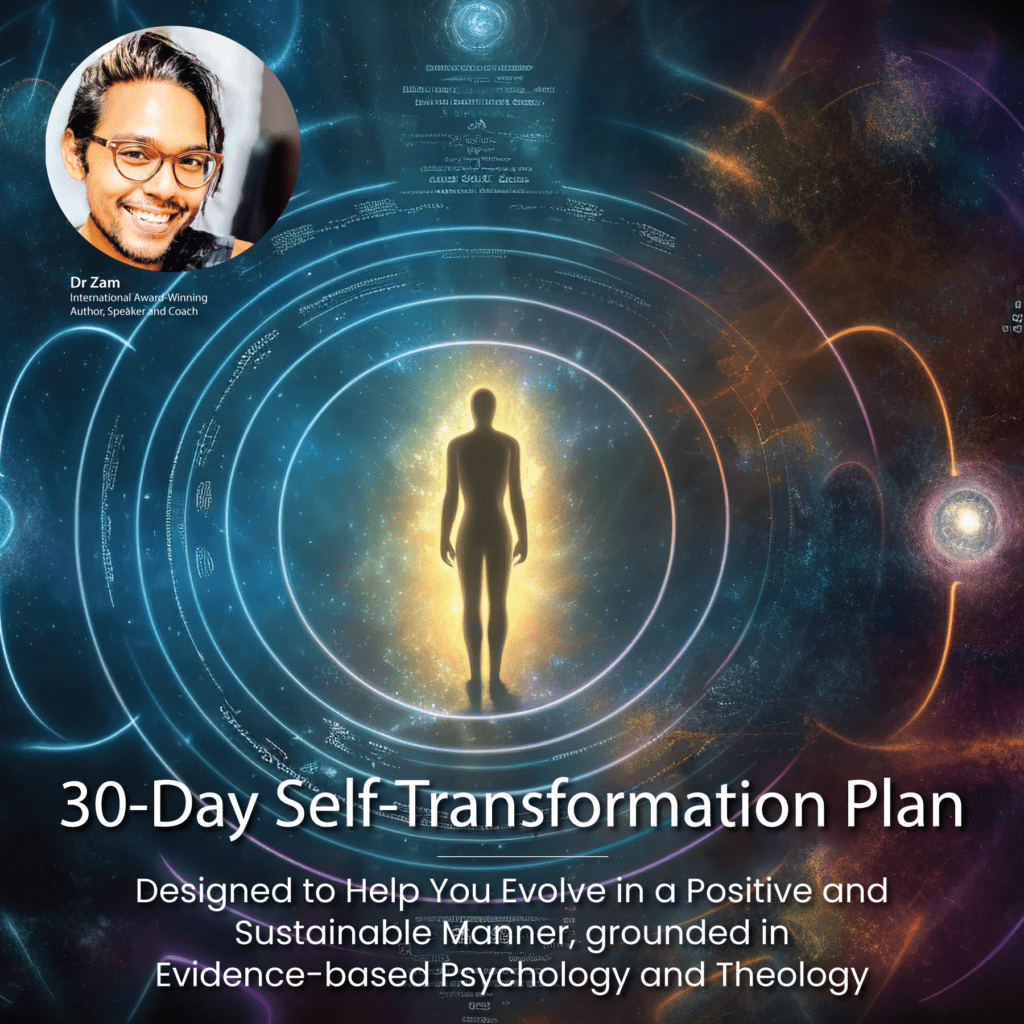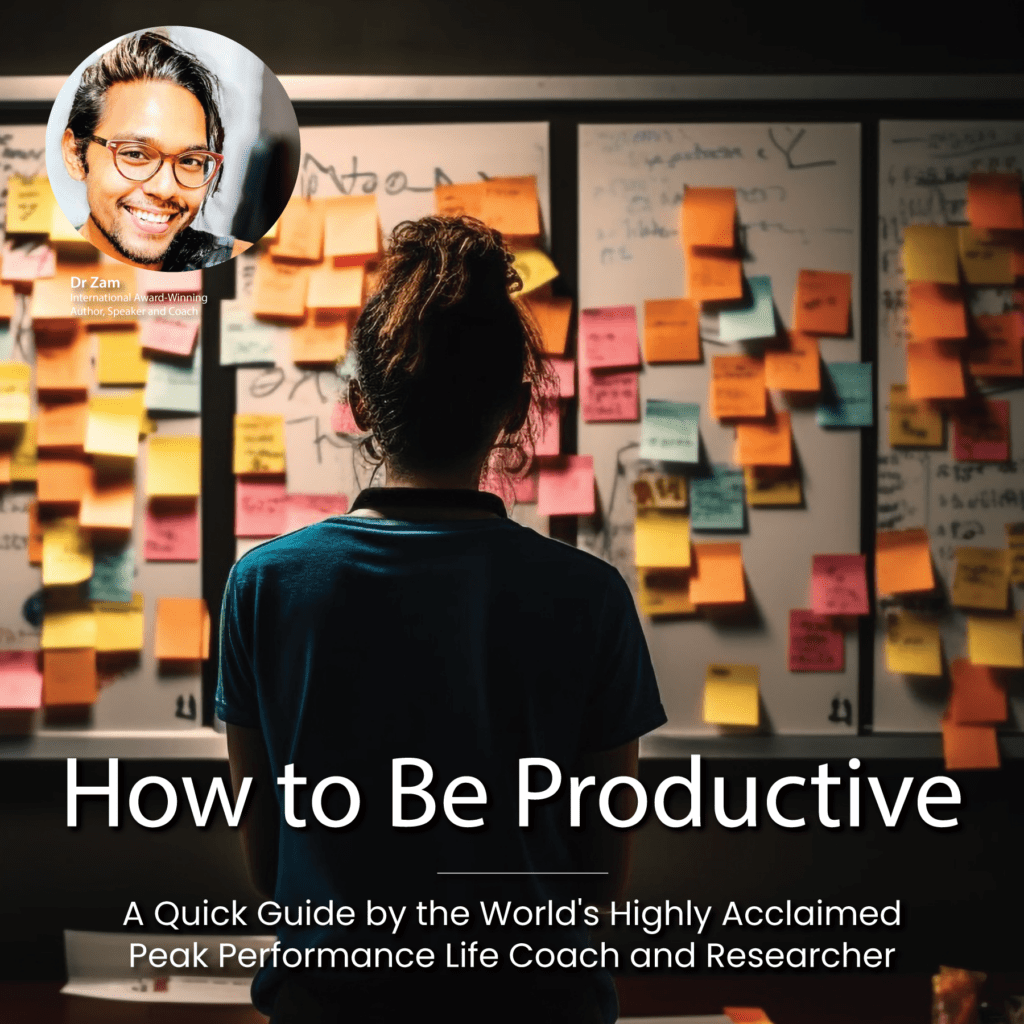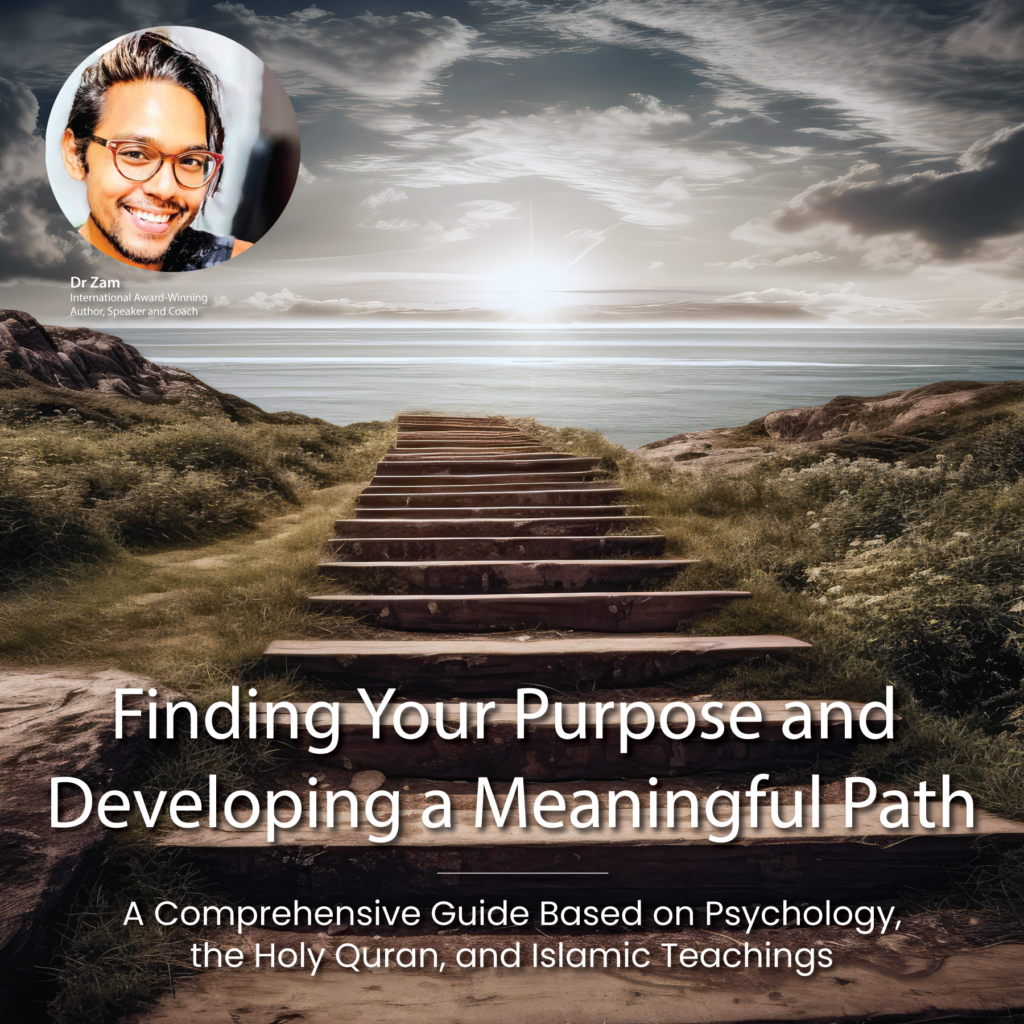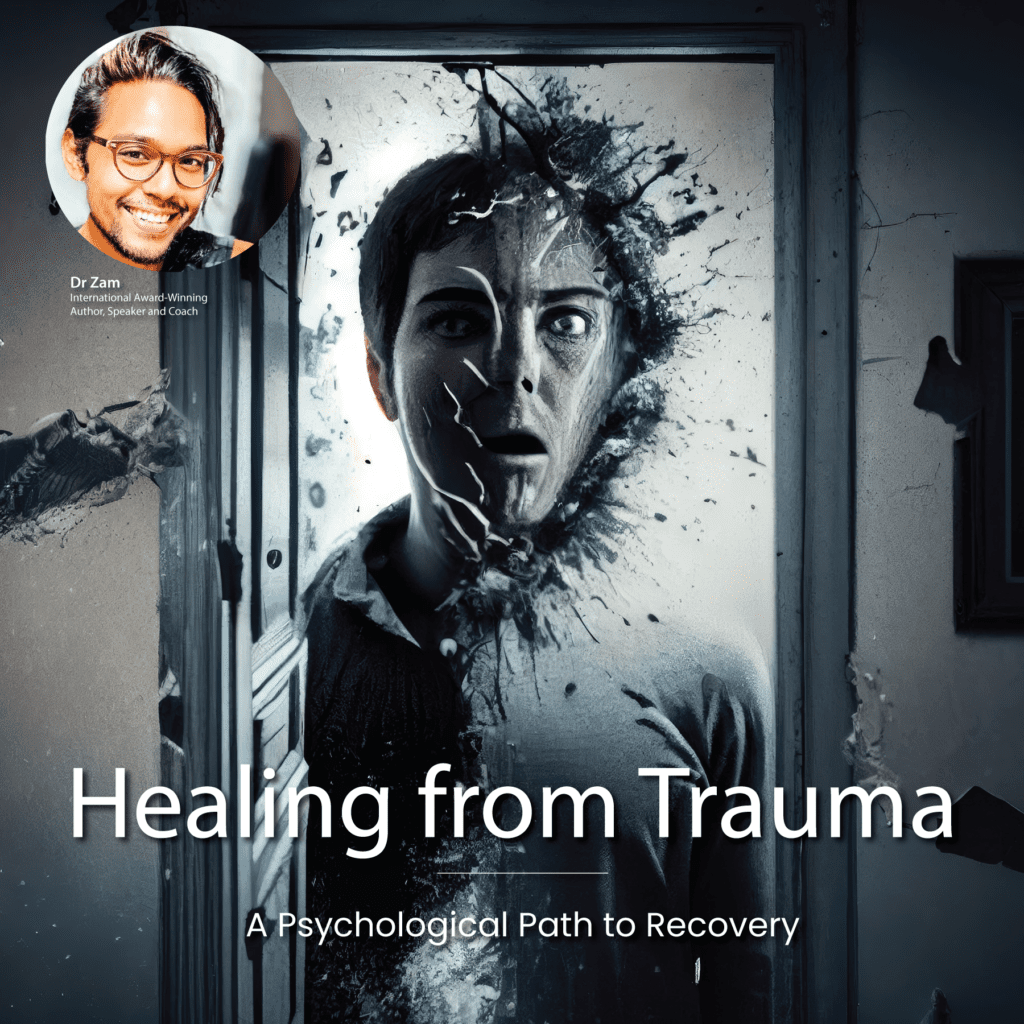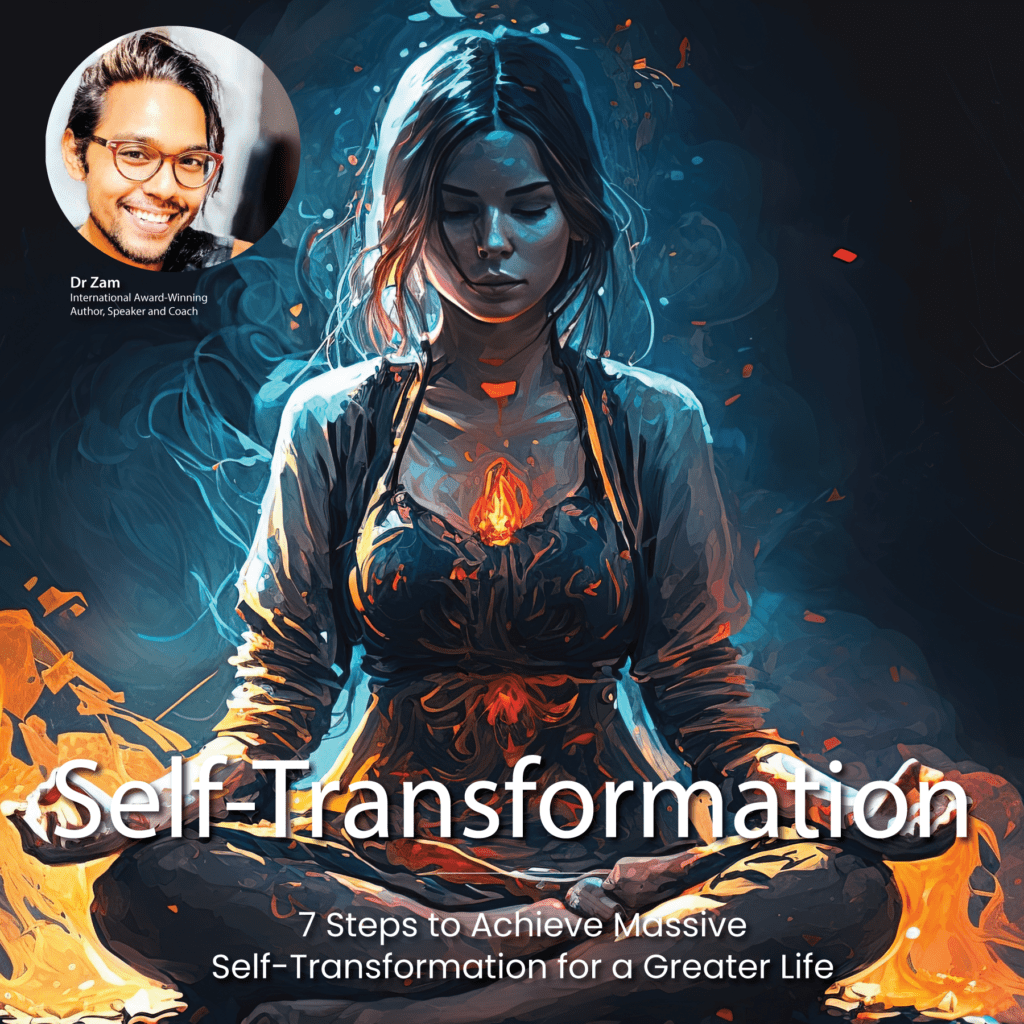Achieving success can cover various areas of life, such as financial, emotional, professional, and even romantic. Reading can open our minds and help us learn different tactics, strategies, and perspectives for success.
Remember that while books are a great way to learn and understand different aspects of life, success itself is a personal journey that is different for everyone. Your measure of success might be completely different from someone else’s, and that’s completely okay.
Also please note that not all those books are specifically about ‘success’, many of the books listed here are for understanding different aspects of life, culture, mindset, and human psychology which indirectly help in forming a well-rounded successful life. It’s important to read widely and diversely.
Here are 100 must-read books to help guide your journey:
1. “Think and Grow Rich” by Napoleon Hill [Read Dr Zam’s Summary]
2. “The Richest Man in Babylon” by George Samuel Clason [Read Dr Zam’s Summary]
3. “Rich Dad, Poor Dad” by Robert Kiyosaki [Read Dr Zam’s Summary]
4. “How to Win Friends and Influence People” by Dale Carnegie [Read Dr Zam’s Summary]
5. “The 7 Habits of Highly Effective People” by Stephen Covey
6. “Man’s Search for Meaning” by Viktor E. Frankl
7. “Outliers: The Story of Success” by Malcolm Gladwell
8. “Mindset: The New Psychology of Success” by Carol S. Dweck
9. “The Alchemist” by Paulo Coelho
10. “Emotional Intelligence” by Daniel Goleman
11. “Deep Work” by Cal Newport
12. “The Power of Now” by Eckhart Tolle
13. “Good to Great” by Jim Collins
14. “The 4-Hour Workweek” by Timothy Ferriss
15. “The Lean Startup” by Eric Ries
16. “Awaken the Giant Within” by Tony Robbins
17. “The Power of Positive Thinking” by Norman Vincent Peale
18. “The Magic of Thinking Big” by David J. Schwartz
19. “Getting Things Done” by David Allen
20. “The E-Myth Revisited” by Michael E. Gerber
21. “Zero to One” by Peter Thiel
22. “The War of Art” by Steven Pressfield
23. “Daring Greatly” by Brené Brown
24. “Start With Why” by Simon Sinek
25. “The Monk Who Sold His Ferrari” by Robin Sharma
26. “Eat That Frog!” by Brian Tracy
27. “The Subtle Art of Not Giving a F*ck” by Mark Manson
28. “You Are a Badass” by Jen Sincero
29. “The Compound Effect” by Darren Hardy
30. “The Five Love Languages” by Gary Chapman
31. “Who Moved My Cheese?” by Spencer Johnson
32. “The Power of Habit” by Charles Duhigg
33. “Tools of Titans” by Tim Ferriss
34. “The One Thing” by Gary Keller
35. “Essentialism: The Disciplined Pursuit of Less” by Greg McKeown
36. “Atomic Habits” by James Clear
37. “Lean In” by Sheryl Sandberg
38. “The Art of War” by Sun Tzu
39. “Thinking, Fast and Slow” by Daniel Kahneman
40. “Sapiens: A Brief History of Humankind” by Yuval Noah Harari
41. “Drive: The Surprising Truth about What Motivates Us” by Daniel H. Pink
42. “Grit: The Power of Passion and Perseverance” by Angela Duckworth
43. “Quiet: The Power of Introverts in a World That Can’t Stop Talking” by Susan Cain
44. “Never Split the Difference” by Chris Voss
45. “Principles” by Ray Dalio
46. “Unshakeable” by Tony Robbins
47. “The Effective Executive” by Peter Drucker
48. “Mastery” by Robert Greene
49. “The Obstacle Is the Way” by Ryan Holiday
50. “Crucial Conversations” by Kerry Patterson
51. “The 48 Laws of Power” by Robert Greene
52. “The Intelligent Investor” by Benjamin Graham
53. “The Millionaire Next Door” by Thomas J. Stanley
54. “The Total Money Makeover” by Dave Ramsey
55. “The Psychology of Money” by Morgan Housel
56. “Jab, Jab, Jab, Right Hook” by Gary Vaynerchuk
57. “Contagious: How to Build Word of Mouth in the Digital Age” by Jonah Berger
58. “The Hard Thing About Hard Things” by Ben Horowitz
59. “The Innovator’s Dilemma” by Clayton M. Christensen
60. “Shoe Dog: A Memoir by the Creator of Nike” by Phil Knight
61. “Traction: How Any Startup Can Achieve Explosive Customer Growth” by Gabriel Weinberg and Justin Mares
62. “The Five Dysfunctions of a Team” by Patrick Lencioni
63. “The Innovator’s Dilemma” by Clayton M. Christensen
64. “Who” by Geoff Smart
65. “The Happiness Project” by Gretchen Rubin
66. “Flow: The Psychology of Optimal Experience” by Mihaly Csikszentmihalyi
67. “Influence: The Psychology of Persuasion” by Robert B. Cialdini
68. “Getting to Yes” by Roger Fisher and William Ury
69. “Blink: The Power of Thinking Without Thinking” by Malcolm Gladwell
70. “Originals: How Non-Conformists Move the World” by Adam Grant
71. “Give and Take” by Adam Grant
72. “Daring Greatly” by Brene Brown
73. “Predictably Irrational” by Dan Ariely
74. “The Black Swan” by Nassim Nicholas Taleb
75. “Start With Why” by Simon Sinek
76. “The Dip” by Seth Godin
77. “Freakonomics” by Steven D. Levitt and Stephen J. Dubner
78. “The Checklist Manifesto” by Atul Gawande
79. “Thinking in Bets” by Annie Duke
80. “The One Minute Manager” by Blanchard and Johnson
81. “Leadership and Self-Deception” by The Arbinger Institute
82. “Extreme Ownership” by Jocko Willink, Leif Babin
83. “Can’t Hurt Me” by David Goggins
84. “First, Break All The Rules” by Marcus Buckingham
85. “The Charisma Myth” by Olivia Fox Cabane
86. “The Prince” by Niccolo Machiavelli
87. “The Art of Happiness” by Dalai Lama
88. “10% Happier” by Dan Harris
89. “Wherever You Go, There You Are” by Jon Kabat-Zinn
90. “The Untethered Soul” by Michael A. Singer
91. “The Book of Joy” by Dalai Lama, Desmond Tutu
92. “The Success Principles” by Jack Canfield
93. “Creativity, Inc.” by Ed Catmull
94. “Eleven Rings” by Phil Jackson
95. “The Sales Bible” by Jeffrey Gitomer
96. “Blue Ocean Strategy” by Chan Kim, Renée Mauborgne
97. “The Intelligent Entrepreneur” by Bill Murphy Jr.
98. “Business Model Generation” by Alexander Osterwalder
99. “Growing a Business” by Paul Hawken
100. “Crush It!” by Gary Vaynerchuk


